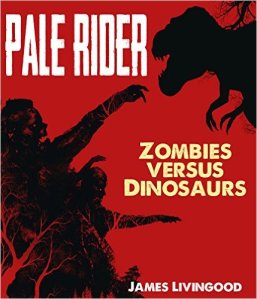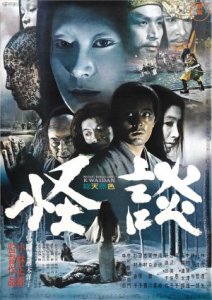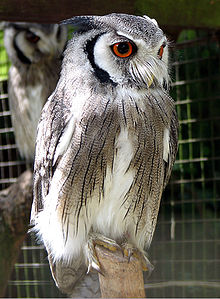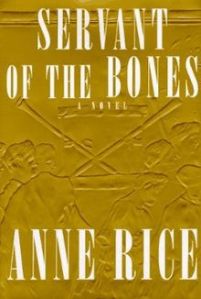I have made good progress working through the editor’s notes on my novel, The Astronomer’s Crypt. My progress would be better, except that I’ve also received edits for another novel—my steampunk adventure set in Japan called The Brazen Shark. In addition to editing two novels, life goes on, and I still have my work at Kitt Peak National Observatory, which means once a week I have either a long drive to the observatory or the long drive home. Because of the long drive, I was pleased to win a copy of the audio book Pale Rider: Zombies versus Dinosaurs by James Livingood in a contest sponsored by Dab of Darkness.
This novella only took about an hour to listen to and I found its approach to both zombies and dinosaurs to be interesting. The zombies in this novel are humans infected by a contagion that causes their brains to mutate, turning them into sociopaths with an insatiable taste for flesh—especially human flesh. Like most zombie stories, what makes these zombies frightening is their ability to overwhelm their victims with sheer numbers. Any large, mindless group can become frightening when the numbers grow large enough.
One seemingly unlikely example from Kitt Peak are lady bugs. The lady bug has a well earned reputation as a fairly benign beetle. If one crawls on your hand, you simply blow on it and they fly away. The lady bugs of Kitt Peak are tenacious creatures. They do not fly away when you blow on them. They just dig in their feet. What’s more, they swarm in quantity. I’ve seen them mounded up against walls, making a black spot several feet wide. I was in one of the telescope domes when a swarm of lady bugs came by so thick, it sounded like a hail storm. What’s more, lady bugs in quantity have a very odd, almost electric smell. I didn’t use lady bugs in The Astronomer’s Crypt, but I might use them in a later chapter in the Wilderness of the Dead series!
The dinosaurs in Pale Rider were genetically engineered from birds, which seems plausible, especially since birds evolved from dinosaurs. It also seems rather frightening because birds can be very aggressive. It’s not hard to imagine a Tyrannosaurus Rex as a giant predatory chicken that doesn’t much care what it eats. What’s more, just because a dinosaur is an herbivore, it doesn’t make it safe. We’re very small creatures compared to some dinosaur species.
One of the creatures in The Astronomer’s Crypt is a monster from Apache legend called “He Who Kills With His Eyes.” This monster is also called “Big Owl.” My editor originally didn’t want me to use the name “Big Owl” because she thought owls were too cute, but my thought was that modern owls are just an evolved dinosaur. So perhaps the Apache monster from the beginning of time is actually a creature that’s a bit more dinosaur than owl.
Getting back to Pale Rider, the story imagines a world that has fallen into decay because of the zombie virus. Nevertheless, humans have endured, partly because they brought dinosaurs back to help them. The story follows Pale Rider, a man who works to clear potential farm land of zombies, so it can be worked by farmers and their dinosaurs. Pale Rider gets a hold of a particular promising plot of land for a good deal. The reason for the good deal is that it’s infested with zombies. Pale Rider recruits help and from there the novella pretty much gives you what you expect from a story with “Zombies versus Dinosaurs” in the title. Our human characters are threatened by both. One particularly inventive part of the story is when the zombies seem to act in concert and find a way to control the dinosaurs, giving us double the fright factor. I found the story fun and worth a listen.
I’ll just wrap up by mentioning that if you do like zombie stories, you can find stories by me, along with a lot of other great writers, in the anthologies Zombiefied: An Anthology of All Things Zombie and Zombiefied: Hazardous Material. In the former anthology, I tell a story about people becoming reliant on zombies and the consequences that result. In the latter anthology, I show the menace that comes from zombies that swarm, but the real horror is in the mind that controls them!




